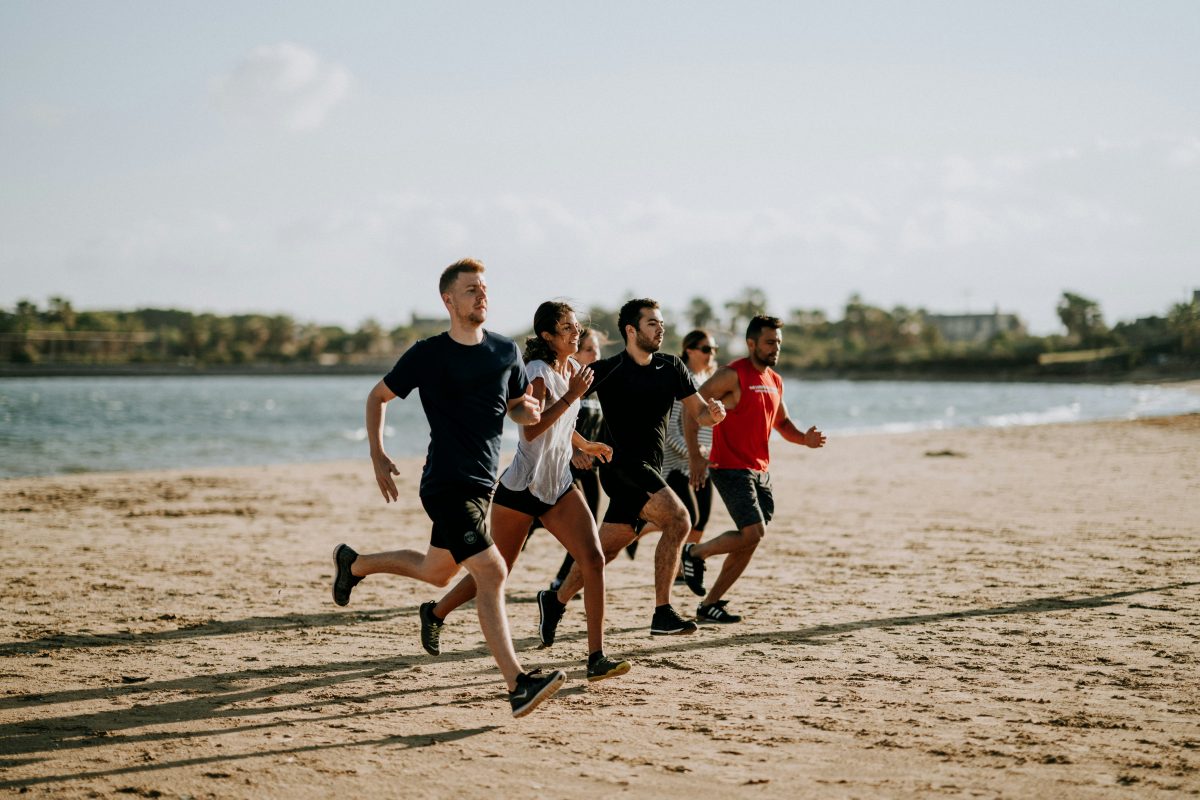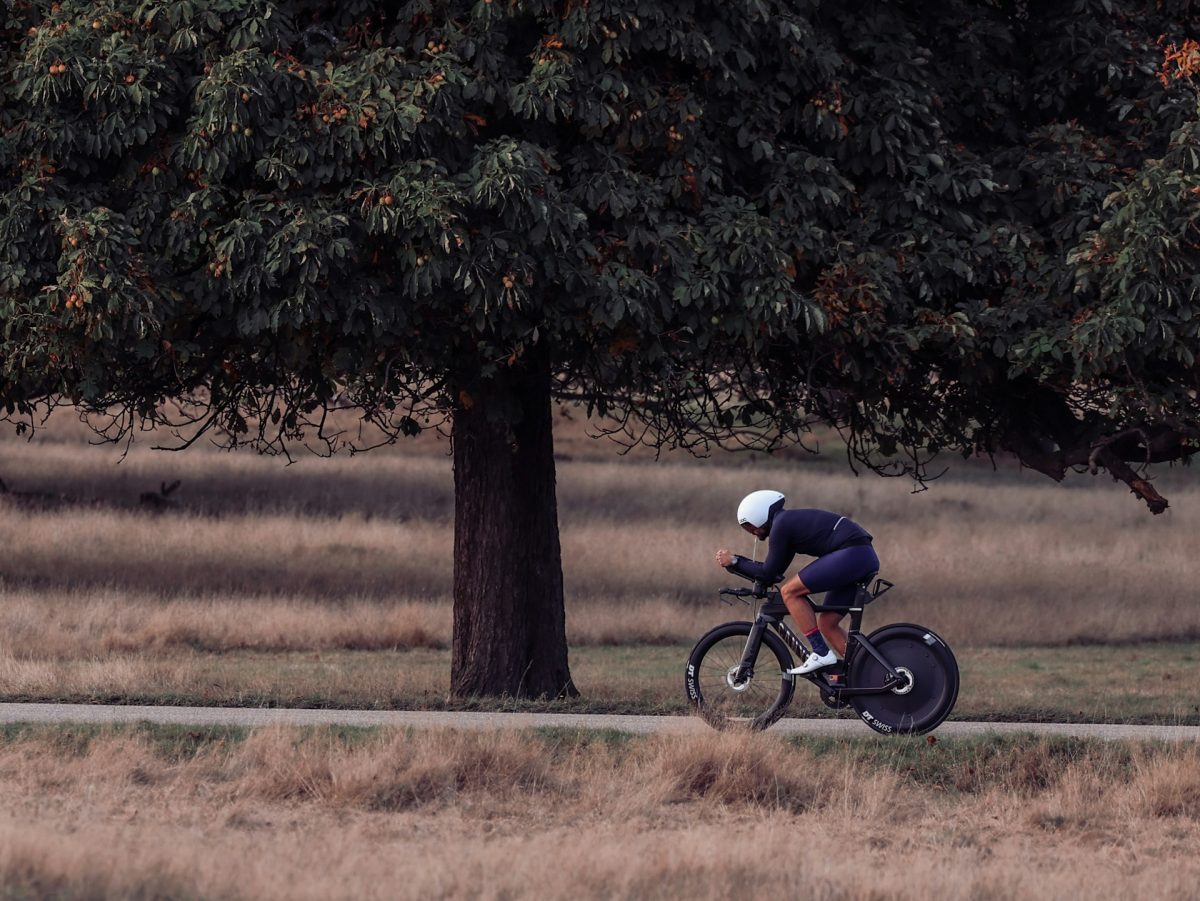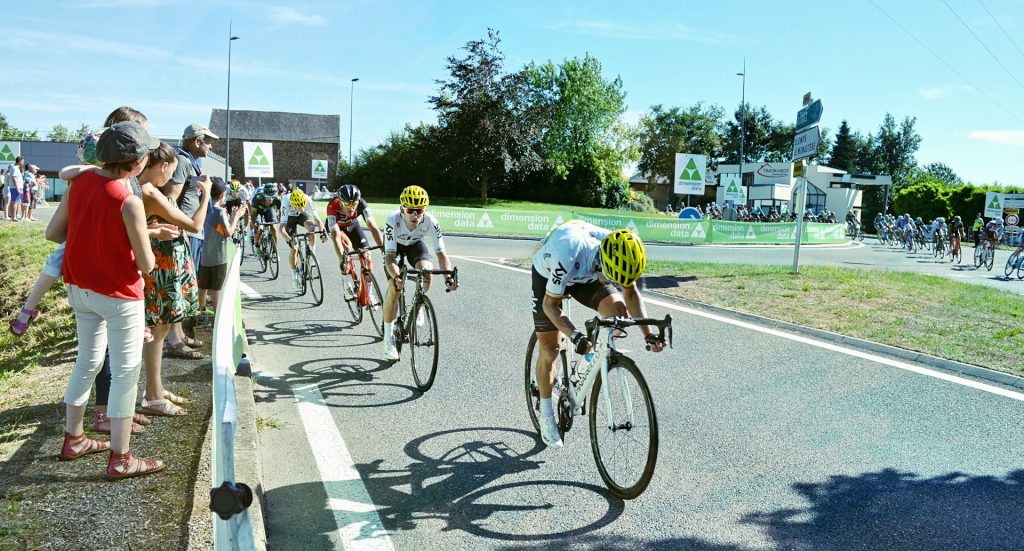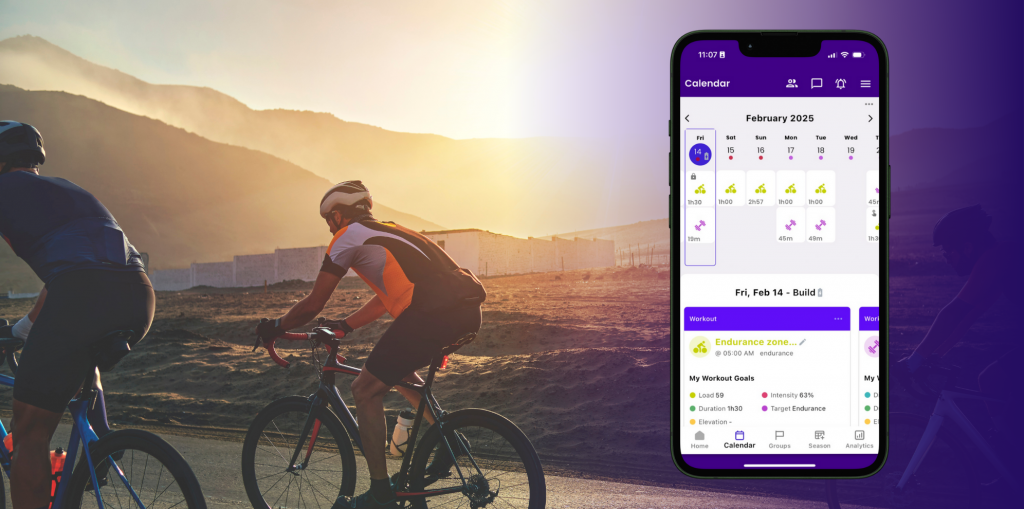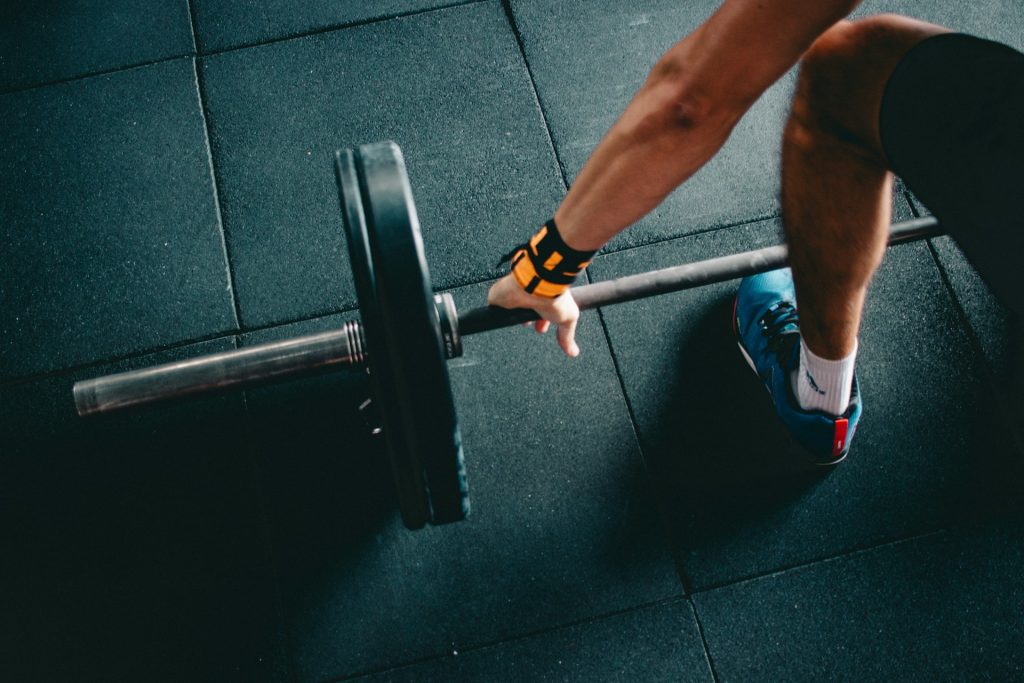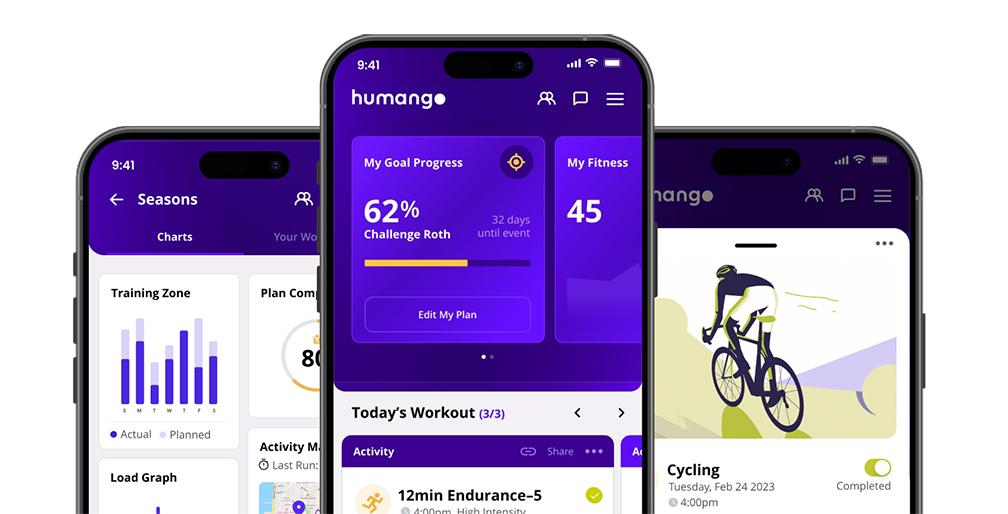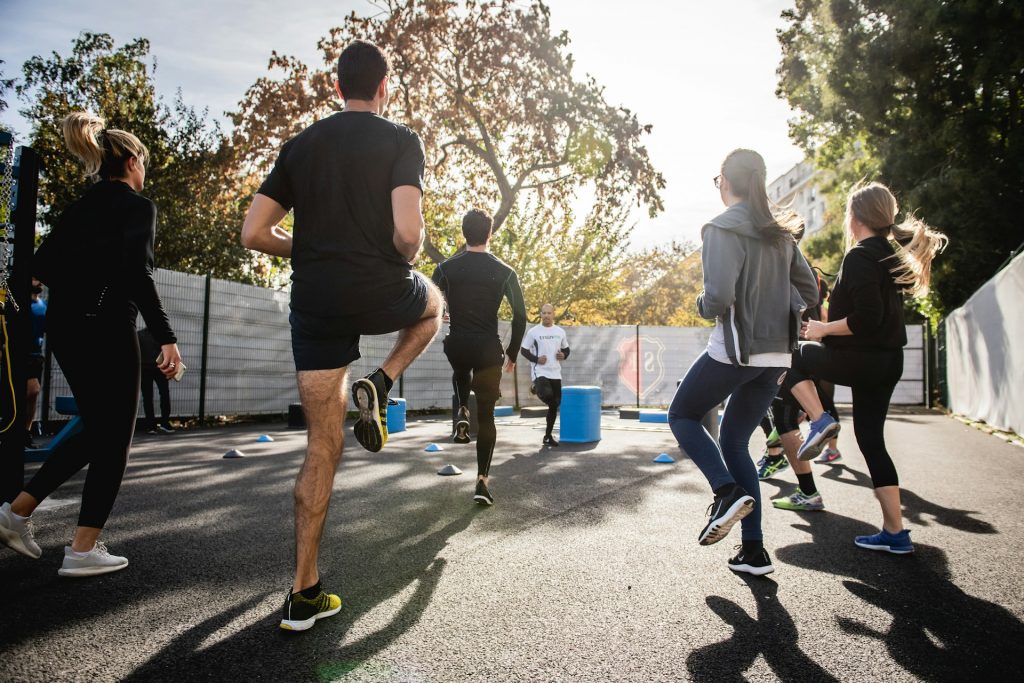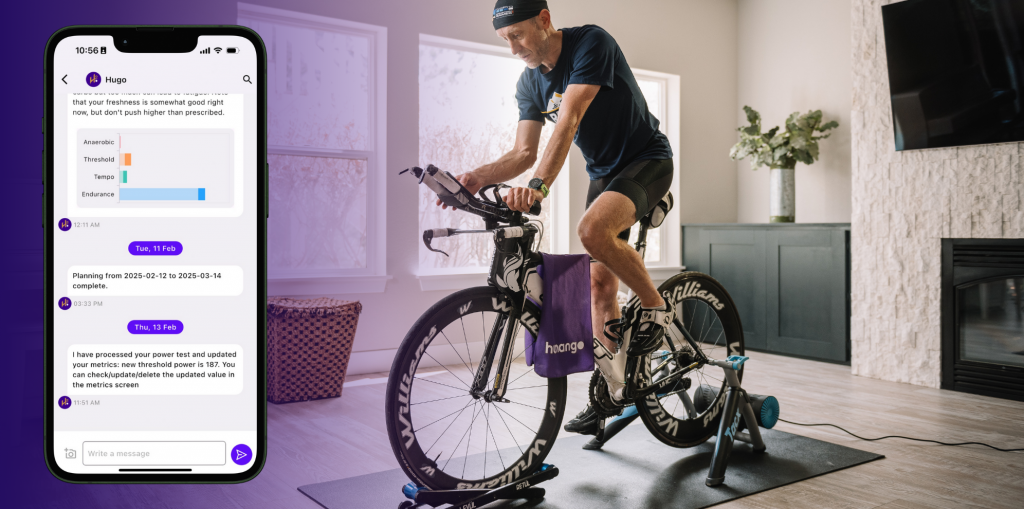As the days grow longer and temperatures rise, endurance athletes look forward to transitioning from indoor workouts to outdoor training. Moving from the controlled environment of a treadmill, stationary bike, or indoor pool to the unpredictable elements of outdoor training requires a strategic approach. A smooth transition ensures optimal performance, injury prevention, and an enjoyable training experience.
If you’re looking for indoor to outdoor training tips to help you adapt safely and efficiently, follow this guide to make the shift with confidence.
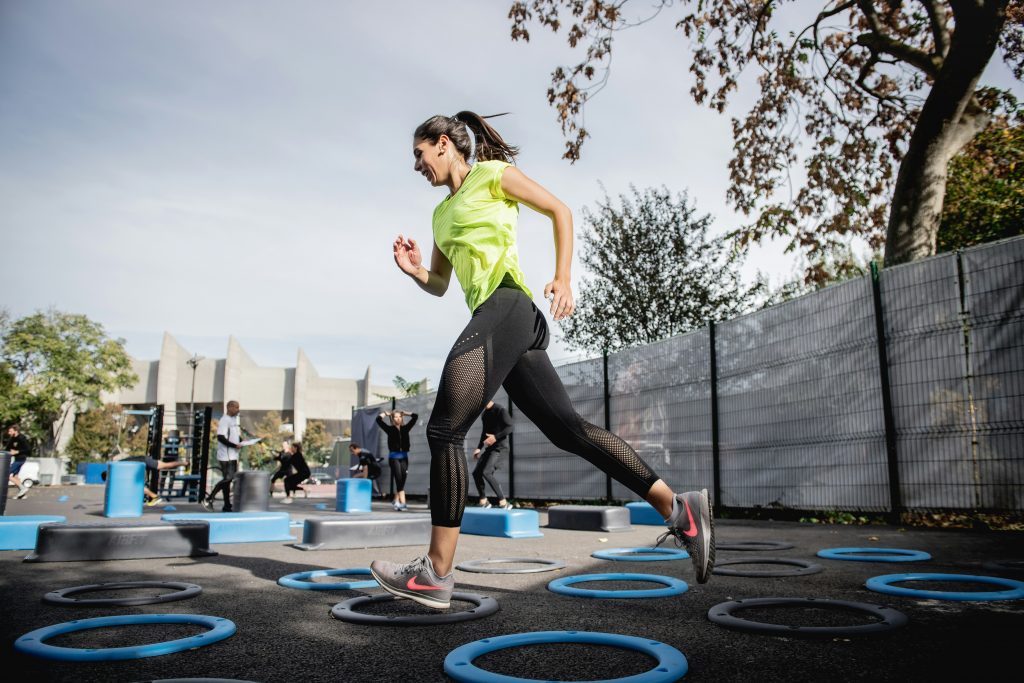
Why Gradual Progression is Key
Jumping straight from indoor workouts to intense outdoor sessions can lead to burnout, overtraining, or injury. The key is to gradually increase exposure to outdoor elements so your body has time to adapt.
- Runners: If you’ve been running on a treadmill all winter, start with short outdoor runs on softer surfaces like trails or grass before tackling concrete or asphalt.
- Cyclists: Instead of immediately jumping into long road rides, ease in with shorter, moderate-intensity rides before increasing mileage or taking on hilly routes.
- Swimmers: Moving from the pool to open water? Begin with shorter, wetsuit-assisted swims in calm conditions before progressing to rougher waters with waves and currents.
This gradual progression helps reduce shock to the muscles and joints, improving endurance and performance over time.
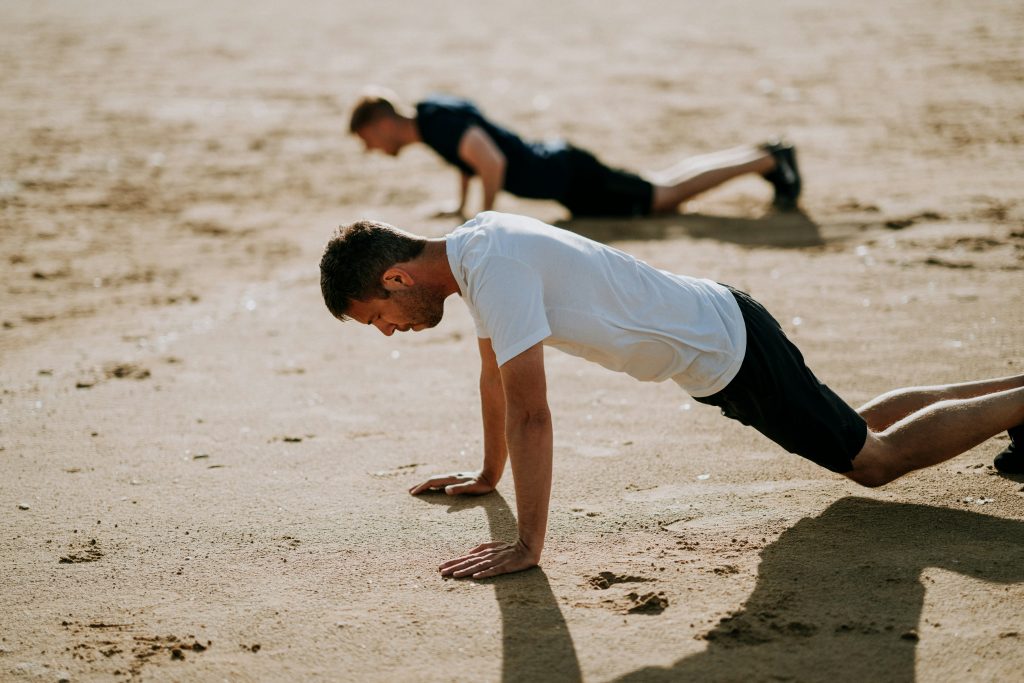
Adjusting to Outdoor Training Conditions
Unlike the controlled environment of indoor training, outdoor workouts come with wind resistance, terrain variation, and temperature fluctuations. Your body needs time to adapt:
- Running outdoors requires more stabilization effort due to uneven surfaces and hills.
- Cycling on the road means adjusting to traffic, shifting gears, and changing weather conditions.
- Open-water swimming introduces cold temperatures, currents, and sighting challenges not present in a pool.
Start with familiar routes and gradually introduce new challenges to build skill and confidence.
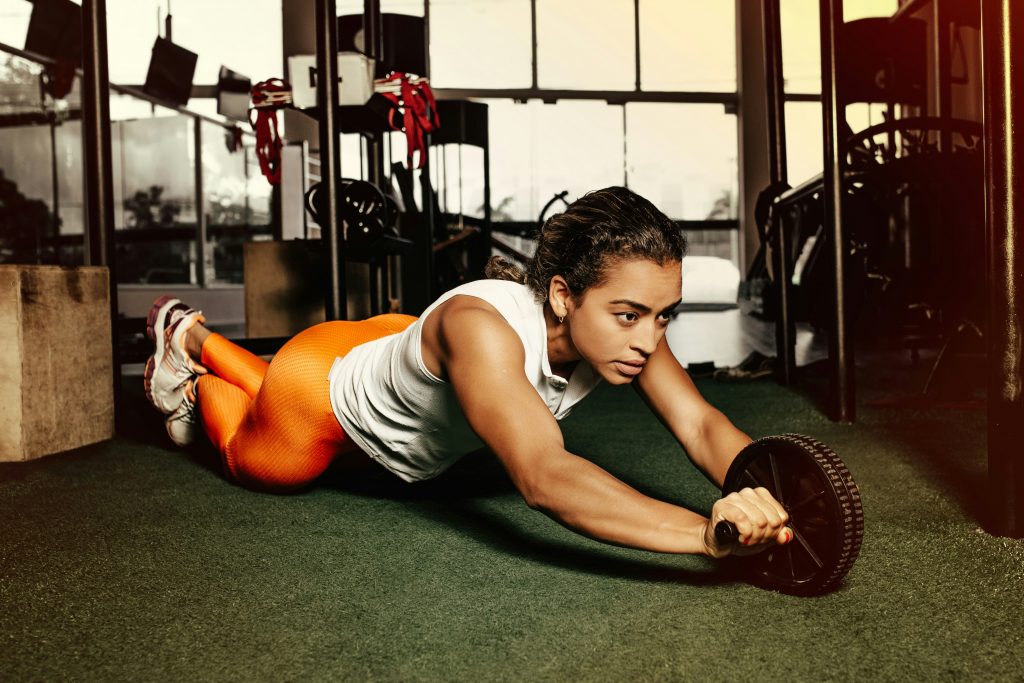
Preventing Injury with Strength & Mobility Work
Transitioning to outdoor endurance training puts new stress on your muscles, joints, and connective tissues. Strength training and mobility work should be a consistent part of your routine to prevent injuries like:
- IT band syndrome (common in runners and cyclists)
- Achilles tendonitis (common when switching to outdoor running)
- Lower back pain (caused by poor cycling posture or lack of core strength)
Focus on core stability, hip mobility, and lower-body strength to maintain efficiency and injury resistance. Always include a proper warm-up and cool-down to support recovery.
Gear Checklist for Outdoor Training
Before heading outdoors, make sure your gear is in top condition to ensure safety and comfort:
- Cyclists: Get a professional bike tune-up to check tire pressure, brakes, and drivetrain efficiency. Early season is a great time to reassess your bike fit.
- Runners: Check your running shoes for wear and replace them if needed. Ensure proper traction for trails, wet conditions, or uneven surfaces.
- Swimmers: Test your wetsuit fit, use tinted goggles for glare, and bring a safety swim buoy for visibility.
Well-maintained gear minimizes distractions and enhances outdoor training performance.
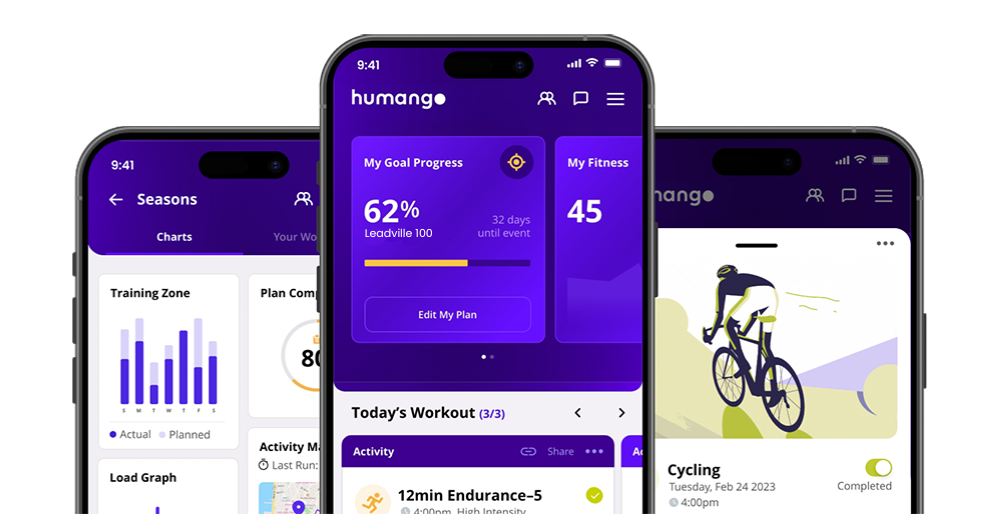
Use Humango’s AI to Guide Your Transition
Shifting from indoor to outdoor training requires smart adaptation, and Humango’s AI-driven training platform helps make the process seamless.
- Adaptive Training Plans: Humango analyzes fitness data, recovery metrics, and training load to optimize workouts.
- Real-Time Adjustments: If an outdoor session is harder than expected, Humango recalibrates upcoming workouts for proper recovery.
- Fatigue & Readiness Tracking: By monitoring heart rate variability (HRV) and fatigue tolerance, Humango ensures you train efficiently without overreaching.
With AI-powered training guidance, you can confidently transition to outdoor training while reducing the risk of injury and burnout.
Embrace the Season with Confidence
- Spring is the perfect time to take your endurance training outdoors. By progressing gradually, adapting to outdoor conditions, and using AI-driven training tools, you can train smarter, prevent injuries, and optimize your performance.
- So lace up, clip in, and dive into the season—stronger, smarter, and ready for action!
Lance Watson is a world-renowned triathlon coach with over 30 years of experience, having guided athletes to Olympic Gold, Long Distance Triathlon victories, and World Championship titles. Watson is a holistic coach with a passion for training technology who guides both novice and professional athletes. Lance is the founder of LifeSport Coaching and is a coaching advisor with Humango, leveraging AI to enhance athlete training and performance.
